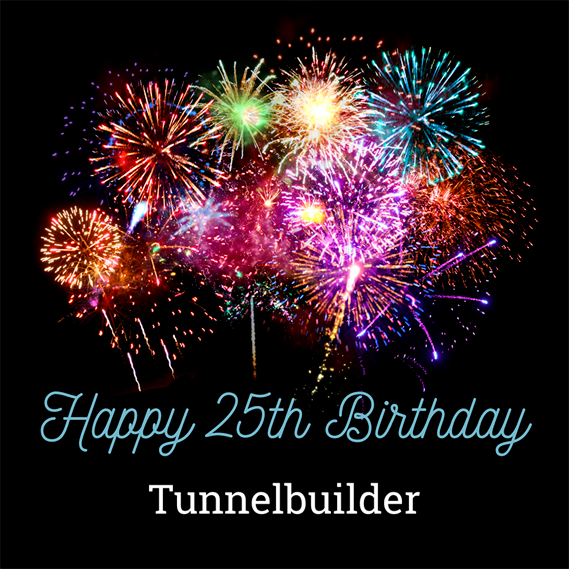The MetroLink project has finally cleared a major hurdle: full planning approval has been granted for what will become Ireland’s largest single investment in transport under the National Development Plan Review. With that clearance, MetroLink now moves forward into procurement and construction.
At its core, MetroLink will be a high-capacity, high-frequency metro line spanning from Swords (Estuary) in the north to Charlemont in the south, passing through Dublin Airport and the city centre. A total of 16 new stations are planned, and interchanges with Irish Rail, DART, Dublin Bus and Luas will help create a fully integrated network for Greater Dublin.
One of the more striking technical features of MetroLink is just how much of it will run underground: about 11.7 km out of a 19 km route will be in tunnels, including key stretches beneath the city centre and the airport zone.
Tunnelling: The Heart of the Challenge
Tunnel Lengths, Alignment & Depths
Roughly 60–65 % of the route is to be underground, making tunnelling a dominant element of the civil works.
According to the publicly available route description, the tunnel will begin in the vicinity of Northwood (launch site for a TBM) and run largely in a single-bore tunnel to Charlemont. The alignment passes under Dublin Airport (with a short bored tunnel under the runways/airport grounds) and proceeds under much of the central Dublin corridor.
As to the depth: the project’s FAQ material notes that dwellings over the tunnel alignment will be notified in advance and that tunnel boring noise may be heard for limited periods (for example, ~3 weeks approaching a property and ~3 weeks receding). The precise depths vary depending on ground conditions, overlying geology, and station/infrastructure constraints, but in many metro projects in similar urban settings tunnels are tens of metres deep to clear shallow utilities and foundations.
Tunnel Construction Methods & Strategy
In earlier design phases, MetroLink’s tunnelling strategy evolved:
- Originally, twin-bore tunnelling was considered. But later design shifts moved toward a single-bore approach in many sections, to reduce cost and disruption.
- The method for station construction has also been optimised: MetroLink’s stations are designed to be built mostly by cut-and-cover techniques rather than heavily mined construction, which tends to be more complex and costly underground.
- Enabling works contracts are already in procurement: these will include utility diversions, archaeology, heritage mitigation, site clearance, ground investigations, and demolition ahead of the main tunnelling and civils works.
- The project will use standard civil engineering contract forms (e.g. NEC4 ECC) for framework contracts encompassing tunnelling and civil works.
One practical design decision is that the TBM (tunnel boring machine) launch site is set at Northwood (west of R108), which has good access to the M50 for spoil logistics and site access.
Managing Disruption & Risks
Tunnelling under a dense urban fabric is fraught with challenges: ground settlement, interference with existing utilities, vibration, noise, archaeology, and structural interactions with foundations of buildings above.
Some of the mitigation strategies and considerations include:
- Temporal limitation of tunnelling noise: The FAQ suggests that local residents may hear boring for a limited period (weeks) as the TBM approaches, but not persistently.
- Prior notification to property owners: TII is obligated to inform homeowners whose properties lie above the alignment, with property drawings included in the Railway Order documentation.
- Progressive ground investigation: Boreholes, geotechnical investigation, soil and rock testing will guide the detailed final alignment and design of the tunnel lining and support.
- Enabling and advance works: clearing utilities, removing conflict items, archaeological foreshadowing, and site preparation reduce surprises during the tunnelling phase.
- Geotechnical design and settlement control: The tunnelling contract will need to include specification for monitoring, compensation grouting (if needed), and real-time control of TBM operations to manage settlement in sensitive zones.
Another potential risk comes from environmental contamination—for instance, in the airport precinct, contaminants like PFAS (per- and poly-fluoroalkyl substances) have been flagged during earlier site investigations, which could complicate tunnelling around sensitive soil zones. (This was raised in media reporting and during hearings.)
Spoil and Logistics
A key part of planning is how to remove the excavated material (spoil) efficiently without causing major disruption to traffic or local communities. The choice of Northwood as a launch site suggests that access to the M50 will ease haulage of spoil. Typically, spoil is transported by truck via engineered haul routes, often timed outside peak hours, or via temporary conveyor or rail systems if available.
Staging areas, muck-handling infrastructure, and spoil disposal or reuse sites must be integrated into the construction logistics plan.
Timeframe & Procurement
With planning approval secured, MetroLink is ready to move to its procurement and construction phase. Enabling works are already being market consulted and procured.
In earlier statements, the commencement of full tunnelling and civils works was envisaged for 2028, with a possible start of enabling works around 2026. However, the schedule depends on many variables and the eventual operation date is likely in the mid-2030s.
Significance and Challenges Ahead
MetroLink is not just a transport project—it’s a transformational infrastructure programme for Dublin and Ireland:
- It will be the largest single investment in the National Development Plan Review.
- It connects Dublin Airport directly to the city centre for the first time via metro.
- It supports ambitious growth, housing, and sustainable mobility goals across Dublin.
- The tunnelling element ensures that much of the metro operates out of sight, minimizing surface disruption in the city core.
However, the tunnelling phase also represents the most technically demanding, risk-prone, and expensive aspect of the project. Mitigating subsurface uncertainties, managing community impact, designing robust TBM operations, and coordinating spoil logistics all need to go nearly flawlessly. Delay, cost escalation, or unexpected geotechnical surprises are perennial challenges in large metro tunnelling projects globally.
For further information on the project click here and ie/16 for tunnelbuilder archive. Visit https://www.metrolink.ie, https://www.pleanala.ie/, https://www.gov.ie/ and https://chambers.ie/. 41/25.

